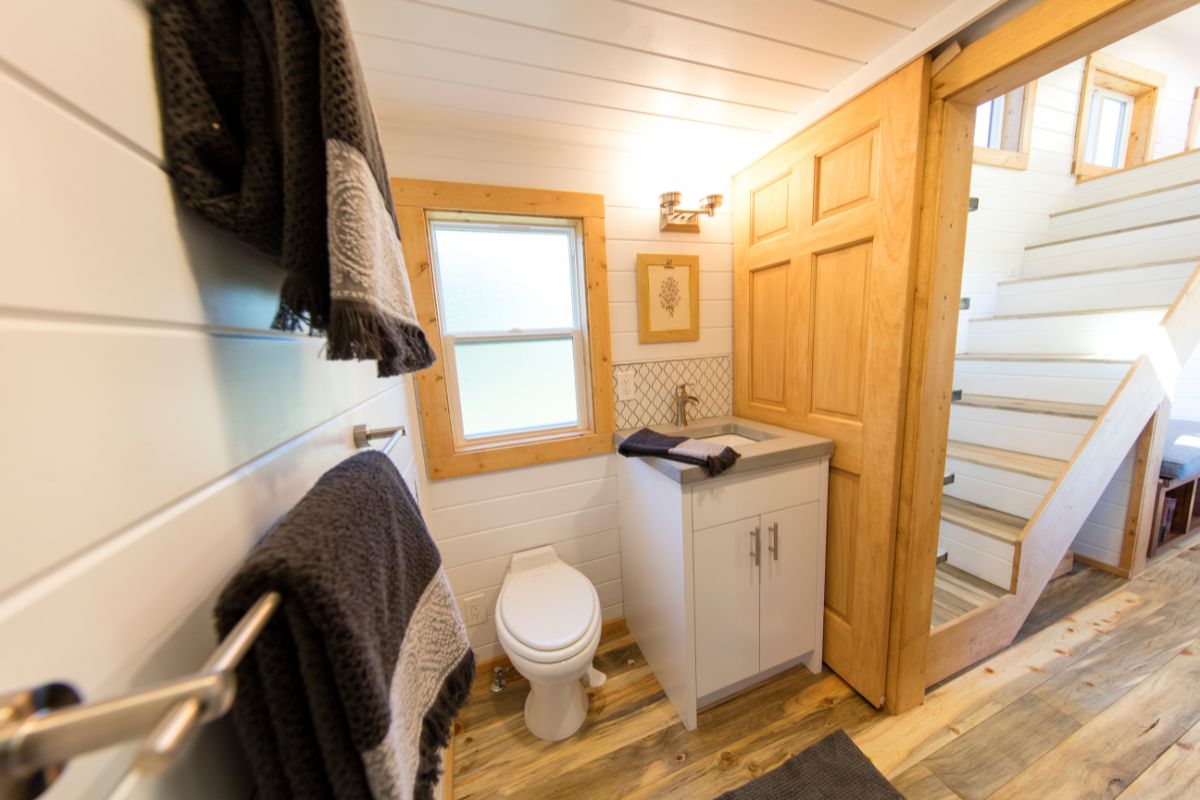Creating a safe, comfortable, and attractive pool area starts with the surface under your feet. The deck material affects how the space looks, how it feels on bare skin, and how much time and money you invest in upkeep over the years.
When choosing this surface for a pool, many homeowners quickly narrow the options down to two contenders: rubber and concrete. Both can frame a pool and stand up to frequent use, but they behave differently in terms of safety, comfort, durability, and cost.
Key factors to consider before you decide
Before comparing rubber and concrete directly, clarify what matters most for your space. Typical priorities include:
-
Safety and slip resistance. Traction on a wet surface is often the top concern.
-
Comfort and temperature. Pool decks are used barefoot, so a cooler, softer surface feels better in daily use.
-
Durability and maintenance. Sun, pool chemicals, and weather all affect how long a deck lasts and how often it needs attention.
-
Appearance and cost. Color, texture, pattern, and total project budget should all align with the rest of your outdoor space.
With these criteria in mind, you can look at how rubber and concrete perform in each category.

What is a rubber pool deck?
A rubber pool deck is created by mixing small pieces of rubber with a binder and troweling the blend over a prepared base, forming a continuous, cushioned surface. It is often installed as an overlay on existing concrete that is structurally sound, which can reduce demolition work.
Because rubber is resilient, the finished surface is slightly flexible and less prone to cracking from minor movement. Rubber surfacing is also customizable in color and pattern, so it can support both understated designs and more playful schemes.
Rubber surfacing offers several notable advantages.
It provides reliable slip resistance even when wet, as its texture and elasticity help maintain grip in damp conditions. The material also delivers cushioning and impact absorption, which can lessen the severity of trips and falls. In hot weather, rubber stays more comfortable under direct sunlight compared to many hard surfaces, particularly in lighter colors. It can also be applied over existing concrete, making renovation projects simpler. Additionally, its seamless appearance allows for easier repairs, since small damaged sections can be cut out and patched with minimal visual difference.
However, rubber surfacing also has some limitations. It typically comes with a higher upfront cost, as quality rubber materials are more expensive than basic concrete. Professional installation is usually required because proper mixing and troweling are essential for durability and appearance, making it unsuitable for most DIY projects. Over time, its color may gradually change due to prolonged UV exposure, much like many other outdoor finishes.

What is a concrete pool deck?
A concrete pool deck is a traditional and widely used option for surrounding swimming pools. It is created by pouring, finishing, and curing a concrete slab directly on site. The surface can be left with a simple broom texture, stamped to resemble materials like stone or tile, or enhanced with stains and sealers to achieve different visual effects. When properly built with a well-prepared base and good drainage, a concrete deck can last for decades.
Concrete surfacing comes with both advantages and limitations. Its high strength allows it to support heavy furniture and equipment without deforming, and its appearance is highly versatile thanks to options like stamping, staining, and exposed aggregate finishes. Because concrete work is familiar to most contractors and materials are easy to obtain, it is broadly available and often has a relatively low initial cost, especially when finished with a basic broom texture.
However, concrete also has several drawbacks. Smooth, highly sealed, or worn surfaces may become slippery when wet, particularly if residues accumulate. Cracking is another common issue, as shrinkage, ground movement, and freeze–thaw cycles can create fractures even when control joints are used. In hot climates, concrete can reach uncomfortable temperatures under bare feet, especially in darker shades. Repairs can also be visually noticeable, as patches and coatings often age differently from the original surface.
Safety and comfort: day-to-day experience
The most important safety question is how each surface acts when it's wet. Rubber systems are usually made to provide traction when the ground is wet by combining texture with a surface that gives a little. This can help lower the chance of slipping near the water.
You can also polish concrete to make it easier to grasp. Broom finishes, exposed aggregate, and sealers that don't slip are all ways to make things more slippery. But if the surface is too smooth, the sealers wear off, or soap, sunscreen, or algae build up, the chance of slipping goes up. It's necessary to clean regularly and do non-slip treatments every so often.
Comfort is another area where rubber and concrete differ. Rubber surfacing has a small amount of “give,” which many people find easier on joints. Its insulating properties can help it feel less hot in direct sun.
Concrete is hard and unforgiving. Falls tend to be more abrupt, and standing on it for long periods can be tiring. Its thermal bulk lets it soak up and radiate heat, which may limit barefoot use during the hottest hours unless shade or lighter colors are used.
Durability and long-term value
Both materials can be durable, but they age differently and require different care. Concrete is strong but brittle; fine cracks are common over time, even when they are only cosmetic. Rubber surfacing is flexible and resilient, with routine maintenance focused mainly on cleaning away dirt, leaves, and residues from sunscreen or pool chemicals. You can usually fix localized damage without having to replace the whole deck.
When comparing value, look beyond the installation price. A surface that reduces slip risk, feels better underfoot, and requires fewer disruptive repairs can add practical value to the pool area over time.
How to choose between rubber and concrete for your pool deck

There is no single “right” answer for every project. Instead, match the surface to your specific situation:
-
Prioritizing safety and comfort. If slip resistance, cushioning, and comfort for children or older family members are your top concerns, rubber surfacing often aligns well with those priorities.
-
Working within a tight budget. If you need to control upfront costs and prefer a classic hardscape look, a properly finished concrete deck may be the more realistic option.
-
Renovating an existing pool deck. If you already have a sound but unattractive or cracked concrete deck, a rubber overlay may offer a way to refresh the space without full demolition.
-
Design integration. Think about how the pool deck connects to patios, walkways, and other outdoor features so the material choice supports the overall layout.
Conclusion
Rubber and concrete can both be used to make practical pool decks, but they each have their own strengths. Concrete is strong, familiar, and may cost less at first. Rubber, on the other hand, focuses on comfort, slip resistance, and impact absorption. The greatest decision depends on how you weigh safety, looks, cost, and long-term upkeep.
If you are planning a broader upgrade to your outdoor recreation areas, it is worth thinking about how the surfacing around the pool connects to other water play zones, and this is supposed to help with splash pad.





Share: